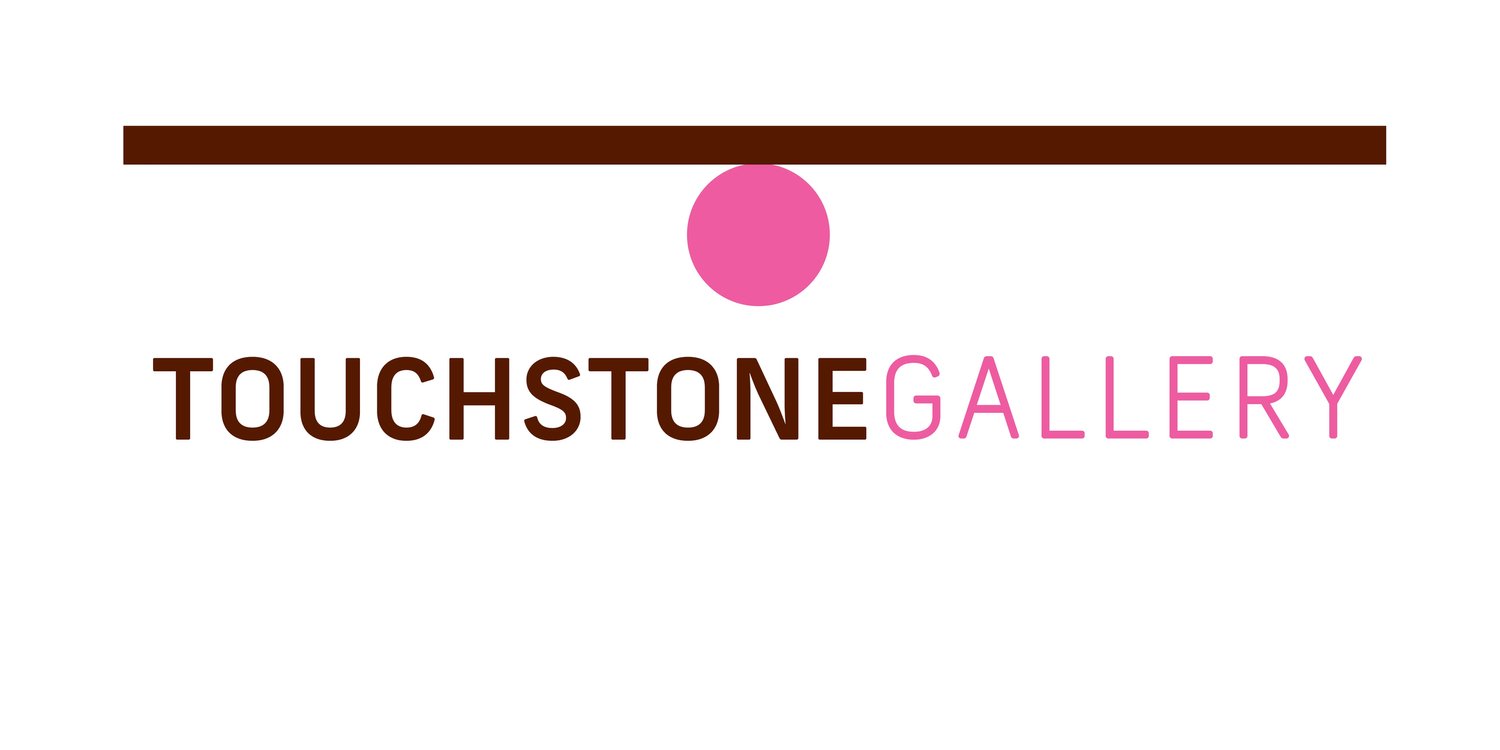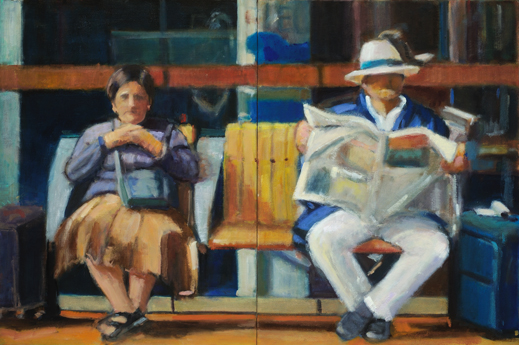As a 7-year-old living in Connecticut, Shelley Lowenstein rode the bus downtown with her best friend to explore the stores on Main Street, and to spend their allowances in Woolworth's five-and-dime. The shopping was fun but Shelley loved watching people and making up stories about them in her mind. What did they do? Where were they from? Where were they going? Around the same time, Shelley discovered movies. Once a week she settled down into the dark recesses of the local theater and escaped into other worlds which sparked her imagination even more. Ever since these youthful experiences, Shelley has been fascinated by how people are in public spaces.
Shelley attended Boston University, graduating with degrees in English and Secondary Education. Faced with a saturated job market for teachers, Shelley moved to New York to work for Simon & Schuster on audiovisual materials, focusing on editing and writing educational film strips. In 1972 Shelley moved to Washington DC. She attended graduate school at the University of Maryland, and built a successful career writing, designing, and producing a wide range of multimedia educational materials for National Geographic, The Discovery Channel, Maryland Public Television, and many others.
In early 2000, after years of writing, Shelley turned to painting and found that her imagination was reawakened. As she painted, she created stories in her mind about the scenes and subjects. She studied with nationally recognized narrative painter Kathryn Freeman, California impressionists Peggy Kroll Roberts and Camille Prezwodak, Washington, DC area realists like Diane Tesler and Ed Ahlstrom, and colorist Walt Bartman. Each one of these gifted artists shaped Shelley's style and artistic direction.
Today, Shelley is still fascinated by watching people: their gestures, their expression, their relationships to others around them. She is especially intrigued by transitional terminals-- airports, train stations, and bus stations. Masses of people wait or come and go in these places, giving her ample opportunity to observe how they relate to each other, and to imagine what their life stories might be, just as she did as a 7 year old on a bus going downtown.
But her new works reveal a new reality in everyday life. For regardless of setting, we don't see many people engaged with one another. It’s no mistake that there are “devices” in so many of the paintings. "I'll talk to anybody, anywhere," says Lowenstein. "But with smart phones and other mobile devices, we no longer need to connect with the people right beside us. Need directions? Get a map on your phone. Need something to read? Check the news online. Take a photo rather than be here in the moment. I‘m not the first to wonder if the very devices meant to keep us connected are increasing our isolation from one another."
Lowenstein explains further: "I’m an observer; I am not trying to make earth shattering social or political statements. Still, it wouldn’t hurt if we slowed down, stopped, observed what is happening around us as we go about the routines of daily life, and actually talked and laughed with one another." Shelley's most recent works emphasizing people in transition, “Quotidian: The Art of Interaction,” are on exhibit at Touchstone Gallery, 901 New York Ave NW, Washington DC, 20001. 202-347-2787; April 2 - 27; Encore party April 25, 6-8:30




